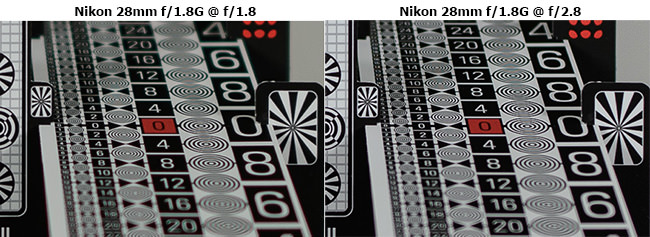Thank you. I drew it up in Coreldraw, using clipart icons and also a font set depicting some African animals. But the birds are Chicken, Pigeon, Sparrow I think so more global citizens! I was aiming at extremes in diversity as a rough guide to gauging distances etc. The distances are computed using an online site. I carry this on longer trips printed as a "cheatsheet" with DoF tables etc
Thank you.
Interesting. IME, and from reading, wild cats are challenging to get close to on foot. Being so alert is obviously key to their survival living alongside the most destructive species on Earth and their commensal domesticates, notably dogs. Lion are one exception in the very few places where they they still survive.
A couple of times I've found lions truculent on meeting up but typically they just want to carry on with their siesta or eating etc. If wary they retreat during daylight if treated with due respect, but they can be dangerously cheeky at night... As once when I was engaged in nighttime fieldwork studying bats - treed by lions for most of the night (until they departed at dawn); such that I empathize ever since with baboons forced to sleep in trees

In contrast I've managed only once
photographing a leopard while walking over in many years

Caracal along on the periurban fringe habitats in the Western Cape have become more habituated, compared to decades back. I shared a
photo of a memorable encounter.




